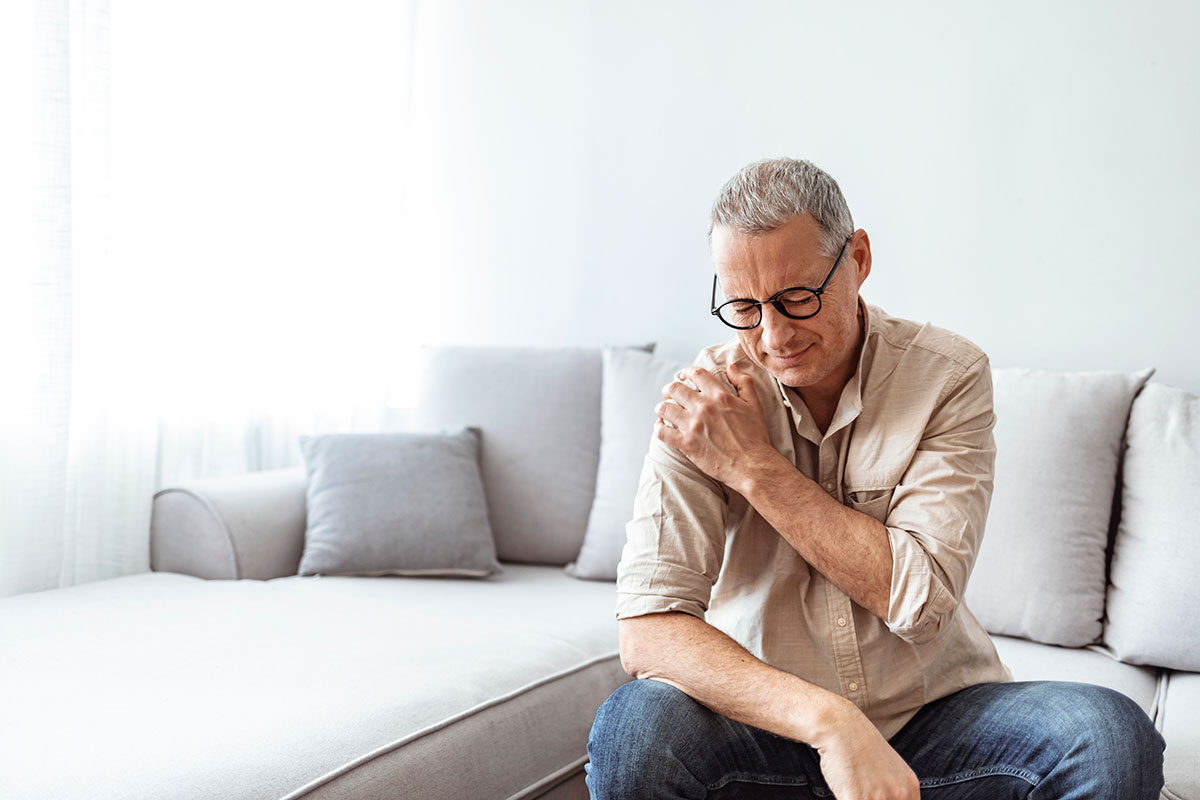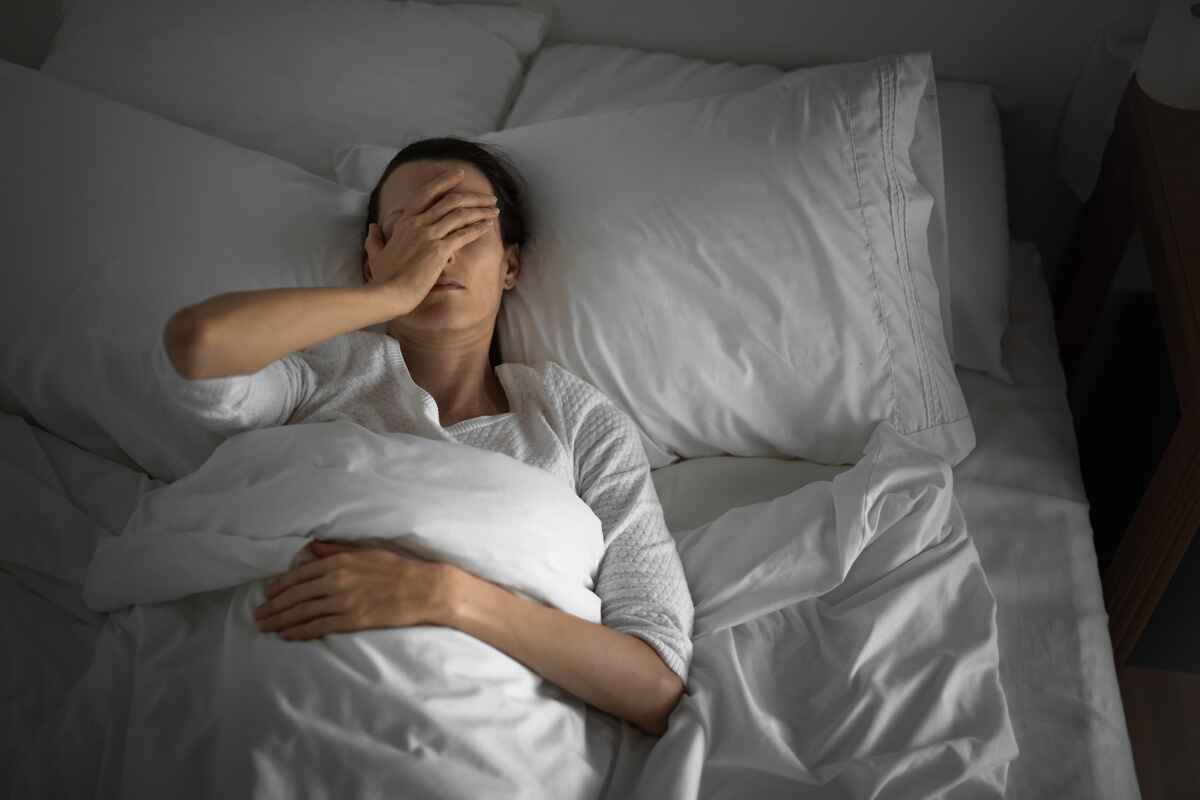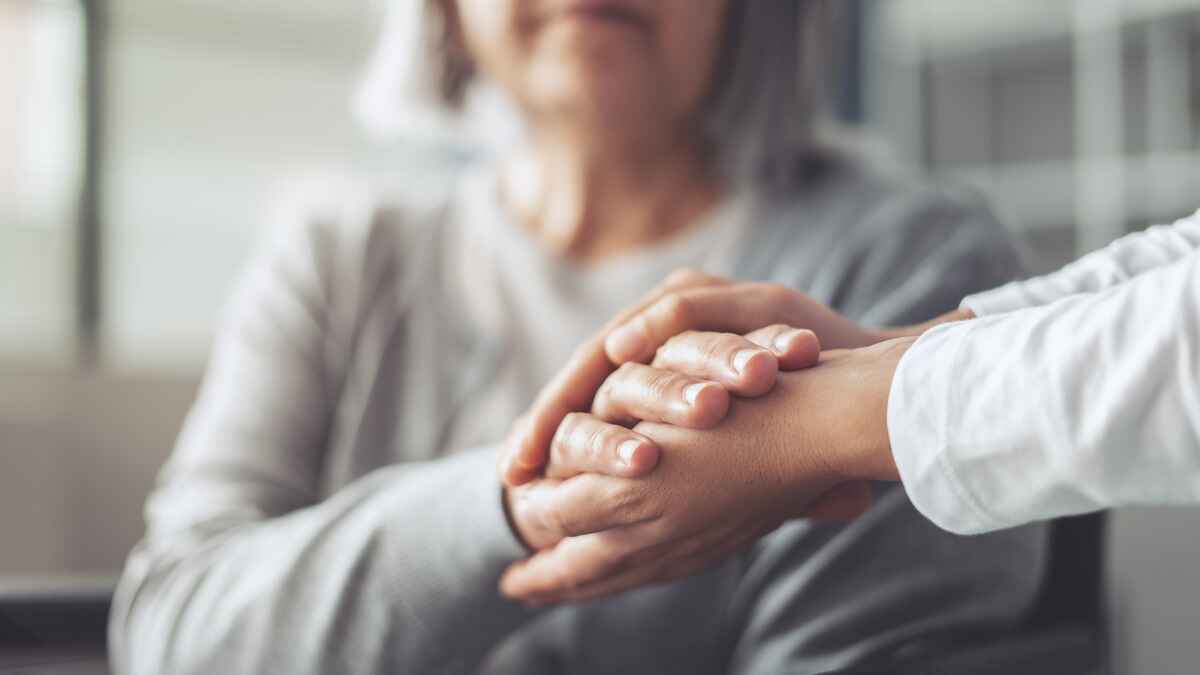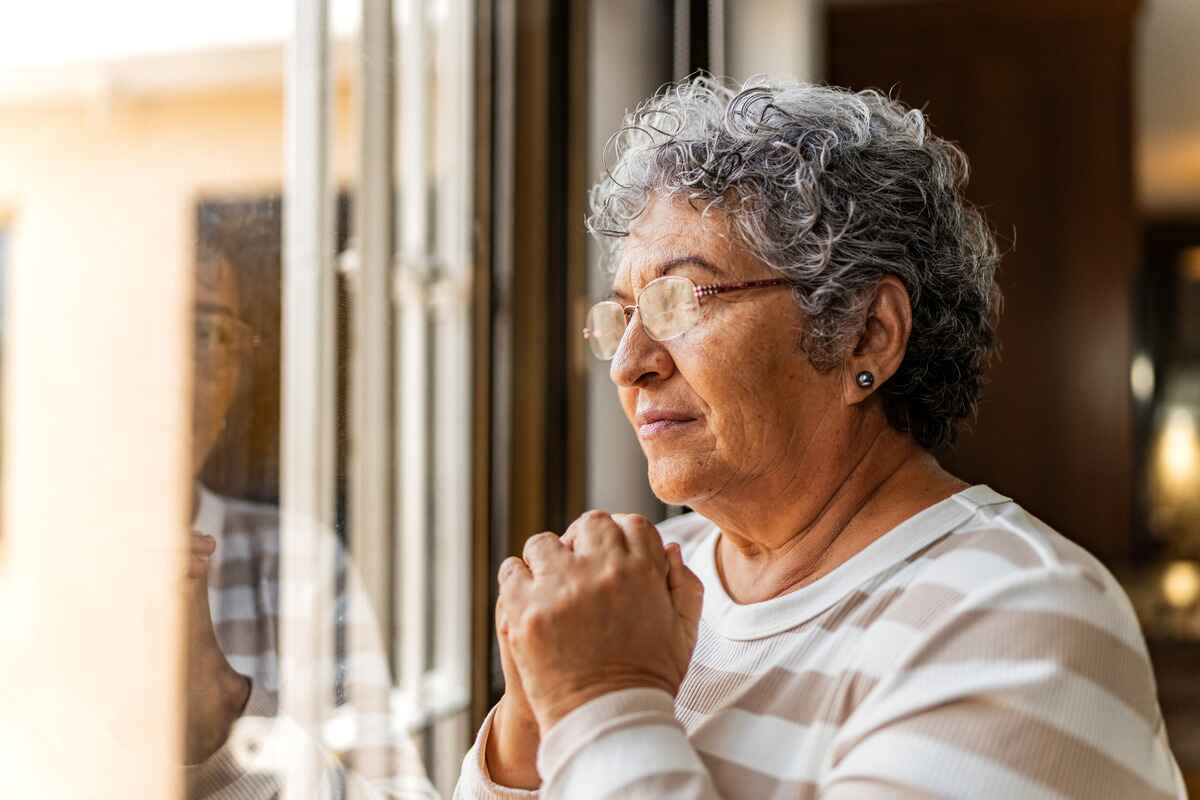As you get older, you may find yourself coping with aches and pains on occasion, especially if you participate in physical activities. However, if you start experiencing aching, pain and stiffness on a routine basis —particularly if the pain is at the joint — you may be developing osteoarthritis.
Arthritis describes more than 100 different conditions that affect joints and the surrounding tissue. Osteoarthritis is the most common. It can develop after trauma or from age-related wear and tear on your joints over time, according to Cristina M. Brunet, MD, a rheumatologist at Yale New Haven Hospital and Yale Medicine.
Wear and tear on the joint leads to the breakdown of cartilage, the rubber-like padding that covers and cushions the ends of the bones, allowing them to easily move against each other. As the cartilage breaks down, bone becomes more exposed. Eventually one bone starts to rub against another, causing pain, damage, swelling and problems with motion.
“Anyone may develop osteoarthritis and the risk gets higher as we age,” said Dr. Brunet, who serves as site director of the rheumatology clinics at YNHH’s Interventional Immunology Center. “It develops in some people when they reach their 60s, although certain individuals may be at risk for osteoarthritis at younger ages due to prior injury or a familial tendency. At times, it develops after a sports injury, with repeated stress, or after surgery.”
Excess weight may also contribute to developing osteoarthritis in weight-bearing joints, such as the hips or knees, said Dr. Brunet. The disease may also be associated with certain metabolic diseases such as iron overload or diabetes
What are the early signs of arthritis?
- Pain in a joint. Pain or aching in a joint that gradually becomes worse over time is a classic symptom of arthritis. The pain may be triggered by activity, or it may arise after activity or at the end of the day. Osteoarthritis is most likely to affect weight-bearing joints such as the knees, hip, lower spine or big toe, but it can also cause pain and stiffness in your thumb or finger joints.
- Joint swelling and tenderness. As arthritis gets worse, it can cause joints to be swollen and tender. “Over time, it may become increasingly difficult to move the joint, or to bear weight on the joint,” said Dr. Brunet.
- Pain in a joint that was previously injured. Many cases of osteoarthritis occur in a part of the body that suffered a prior injury or trauma. “It’s worth seeking evaluation for persistent joint symptoms,” Dr Brunet said.
- Grating sound or sensation. Grinding or grating as a joint moves is a sign the cartilage in your joint has worn down and can indicate arthritis. It’s most common in the knee and hip but can affect other joints as well.
- Groin pain. Many people don’t realize pain from hip arthritis radiates to the groin, not the outside of the hip. Hip arthritis can also cause pain in your thigh or buttocks.
What can I do to help ease my pain?
There is no cure for osteoarthritis – but if the disease is diagnosed early, you may be able to slow its progression. Exercise can be one of the best treatments. “Osteoarthritis pain is best managed by staying active through exercise,” Dr. Brunet said.
Walking – as long as it does not cause pain – is a good exercise; however, it is best to avoid running. You may want to consider a low-impact exercise, such as bicycling or swimming, to reduce the wear and tear on your weight-bearing joints. Studies have shown that regular yoga practice can decrease pain and improve joint flexibility for people with osteoarthritis.
Other treatments may include:
- Medications: Topical pain relievers such as lidocaine creams and over-the-counter, non-steroidal anti-inflammatory drugs (NSAIDS) can be helpful, said Dr. Brunet. More severe persistent pain is often managed with injections of steroids.
- Ice packs and/or heating pads
- Physical therapy to improve flexibility, strength and range of motion
Your doctor may also suggest that you lose weight. Being overweight puts you at a higher risk of developing osteoarthritis because carrying too much weight over time puts unhealthy pressure on the joints, causing the cartilage that supports that weight to break down faster.
If your pain is getting worse, it’s best to talk to a doctor. “Consultation with a physiatrist, a specialist in physical medicine and rehabilitation, may be helpful in non-surgical management of mechanical causes of arthritis,” Dr. Brunet said. “Any symptoms that are progressive may need to be evaluated by orthopedics for consideration of surgical intervention.”




